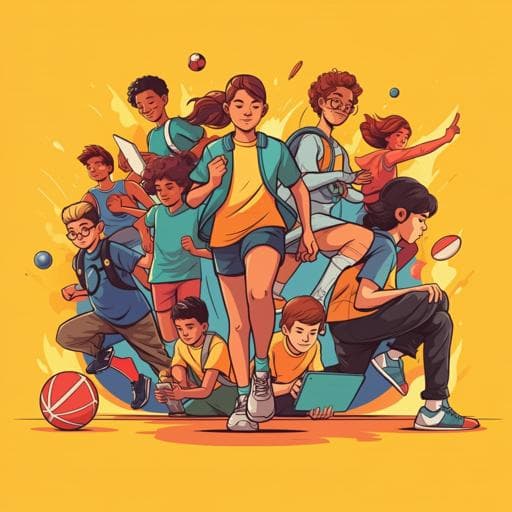
Health and Fitness
Physical activity and screen time of children and adolescents before and during the COVID-19 lockdown in Germany: a natural experiment
S. C. E. Schmidt, B. Anedda, et al.
This groundbreaking study investigates the physical activity and recreational screen time among 1711 German children and adolescents during the first COVID-19 lockdown. Despite a notable decline in sports activity, an increase in habitual physical activities resulted in an overall boost in physical activity levels, challenging the conventional view that screen time and physical activity are inversely related. Conducted by Steffen C. E. Schmidt and colleagues, this research offers fresh insights into the context dependence of physical activity among youth.
~3 min • Beginner • English
Related Publications
Explore these studies to deepen your understanding of the subject.







